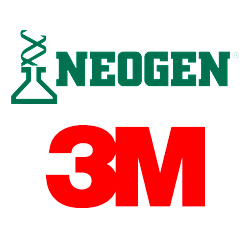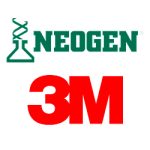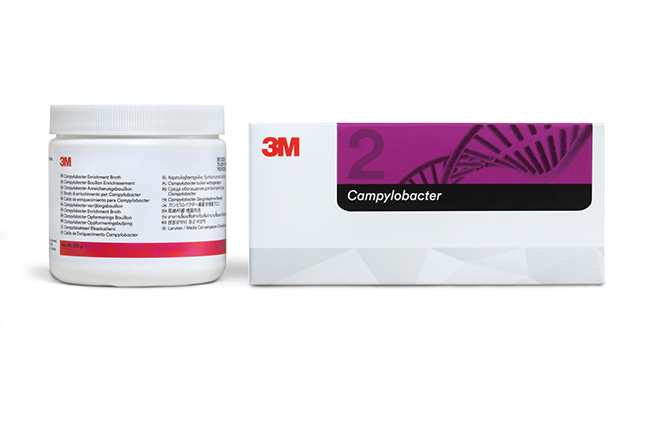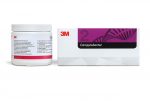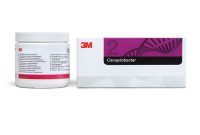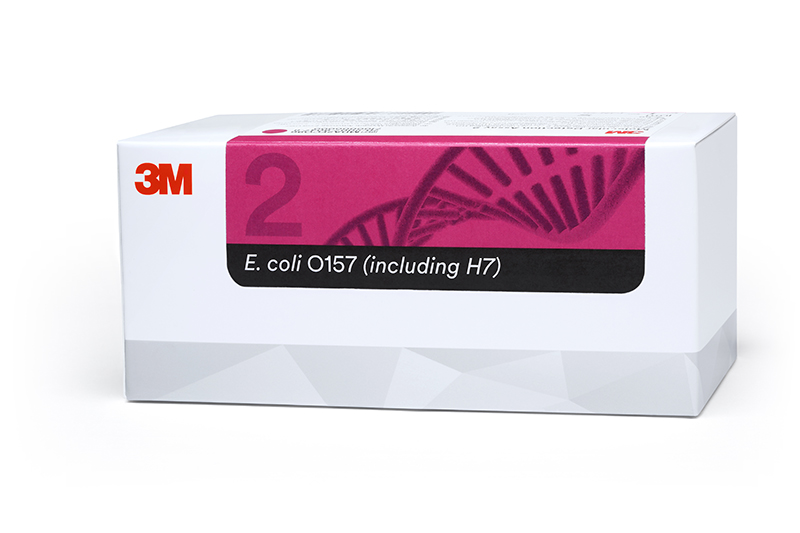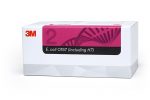Cleaning and sanitation programs are indispensable in a food manufacturing plant, as they assure the safety and quality of food being produced. These programs are also key in protecting the integrity of your brand. Because of these programs’ importance, 3M Food Safety sent out a survey this summer toFood Safety Tech readers to learn more about how their manufacturing plants are checked for cleaning and sanitation effectiveness.
Here is what we heard back from 155 respondents:
- Only 5.8 percent do not perform any type of cleaning and sanitation validation program in their facilities.
- Of the 94.2 percent that do have a cleaning and sanitation validation program in place, 92 percent use more than one method to verify cleaning and sanitation effectiveness.
- The methods of choice in order of higher preference were: visual check (86.8 percent), microbial testing (80.5 percent), ATP swabs (70.1 percent) and protein swabs (25.7 percent).
- The most used combination of tests was visual checks along with ATP swabs (70 percent).
Analyzing the survey results, Camila Gadotti, Professional Service Account Representative for 3M Food Safety Department was surprised there were still a proportion of respondents (though small) who didn’t have a cleaning and sanitation program in place. “This is such an important part of food safety and quality, and yet we still have some people who don’t have a program in place. Also majority of people still rely on visual check, which is not a good system for a sanitation program.”
Since respondents could check more than one choice for which method they used, a lot of people did visual check in conjunction with other microbial or ATP swab testing. Of these methods, Gadotti pointed out that microbial testing, given that it could take 24 to 48 hours to get results, would be a slow process. “In this time frame, the product could have been sold in the market. So while the test results could still be used for corrective steps to improve sanitation, it’s not the ideal choice for testing.”
Instead, ATP swabs would be a faster and more sensitive alternative, she adds. “ATP swabs work on the science that every live cell contains ATP. This is not just microbial cells, but also product residue, which will generate light based on the chemistry of the product. And results are back in 10 seconds. So you can walk around, collect swabs, put them in the illuminator, and you will very quickly get a number, which is the Relative Light Unit. If the RLU level is considered safe, the facility is clean.” With new and stricter regulations on the food industry horizon, companies are increasingly moving to adopt ATP swab for their sanitation programs, says Gadotti.
Besides which method to choose, another important step in creating a cleaning and sanitation validation plan is the number of sampling sites to be tested. Readers were asked how many locations they test for and there was a wide spread of answers:
- 65.3 percent test between 5 to 20 different locations in their plants for cleaning and sanitation effectiveness;
- 14.6 percent of the respondents test between 20 to 30 locations;
- 6.2 percent of the respondents test between 30 to 40 locations;
- 3.5 percent of the respondents test between 40 to 50 locations; and
- 10.4 percent of the respondents test more than 50 locations.
The respondents of this survey work in facilities that range from fresh cut fruits and vegetables to dairy, confectionery, meat and poultry plants. Each of these facilities chose validation methods that were deemed appropriate to support their cleaning and sanitation plans in their manufacturing plants. Although some methods are more common than others, choosing the right method for each processing plant will depend on factors like the type of food being produced, turn-around time, product label claims and, of course, cost.
Another observation from the survey was that people still see verification of sanitation program as an expense. Instead companies need to view this as an investment for the company and its food safety program, Gadotti says.
“Verifying the effectiveness of your cleaning and sanitation program does not need to be a lengthy and troublesome task. Adopting a couple different methods of verification, such as visual checks, microbial testing and/or ATP swabs, tested for in a couple dozen strategic locations throughout your plant should suffice to verify that your plant has been properly cleaned and sanitized. Remember, verifying cleaning and sanitation may help you prevent many issues like reduced shelf-life in your products and unnecessary product recalls,” she sums up.

